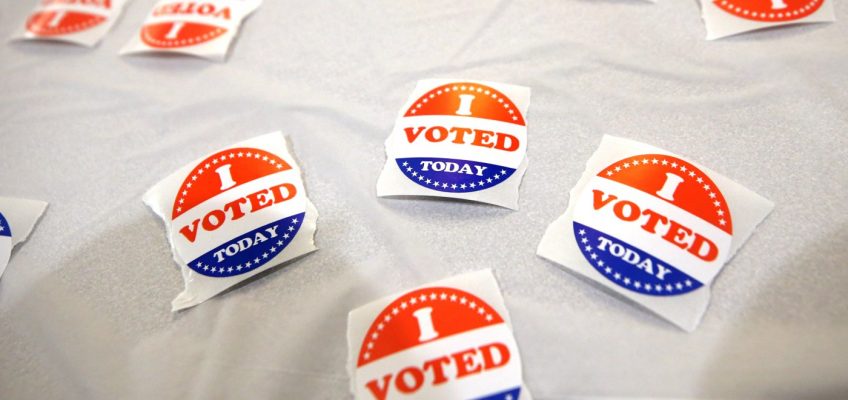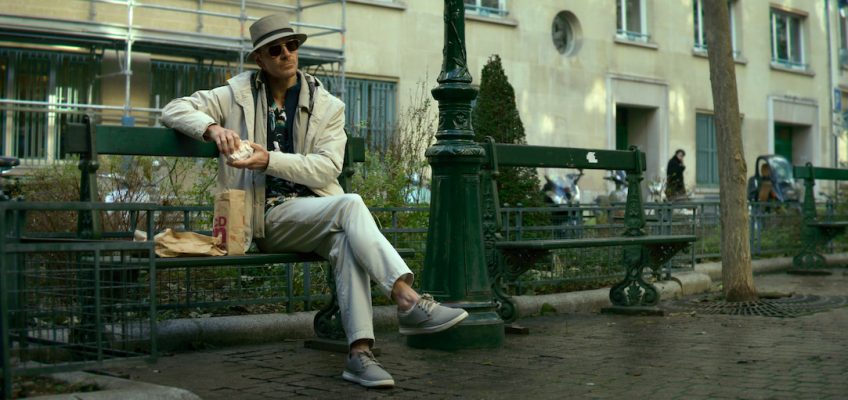For a good half-century, the list of notable rock/pop flute players largely began and ended with Ian Anderson of Jethro Tull. In recent years, he says, he’s finally noticed a new one on the scene.
“There is somebody called Lizzo that I hear about,” he said during a recent Zoom interview. “And she’s probably a much better flute player than I am, having been classically trained.”
They’ve gone in and out of style too many times to count, but Tull remains as individual as ever. Their latest album “RokFlote” is the best – and probably only – concept album about Norse mythology you’ll hear this year. But then, not many people were making albums about organized religion in 1971, when Tull released the now-classic ”Aqualung.” Both albums will likely be represented when the band hits the MGM Grand on Saturday.
“Norse mythology originally struck me as a very bad jumping off point for a Jethro Tull record,” he says. “The challenge was to find a way to do it. I had to adopt a light touch in the writing and not give the connotations of a master race, since the poor old Vikings died out several hundred years ago. I tried to give each song a couple stanzas of descriptive writing, followed by a couple that find parallels with human characters that I might know from my associations over the years. What’s interesting about the characters of Norse gods is that they’re not depicted as spiritual magical beings, but as superior humans.”
The most popular Tull albums are usually his own favorites, he says. “I’d say that ‘Stand Up” was one of the best, the ‘Aqualung’ album had some important songs on it, then up to the ‘80s with ‘Crest of a Knave’. A lot of people don’t go beyond the ‘80s, since they stopped listening to Jethro Tull when it became less fashionable. When you do a new album you don’t want to do something that just sounds the same as a previous one, but you don’t want to have it sound radically different either. People are at this point in their aging lives, looking for some familiarity. They know what they like to have for Sunday lunch, and they know what they like to listen to.”
The Tull lineup has changed since they last toured pre-Covid, and he says he’s gotten some energy from the fresh blood. “When I write for a new project I think of the personalities of the musicians involved. And since we couldn’t play in a room together during the Covid years, it was exhilarating to do that. We’ve still got a musical style that keeps us from sounding like a bunch of other people. And keeps them from sounding like us, since it’s quite difficult to play.”
The past decade has brought deluxe reissues of every Jethro Tull album in order; 1982’s synth-heavy “The Broadsword & the Beast” was the latest to appear last summer. This has required Anderson to go back and listen to every song the band ever recorded, including the ones that got rejected at the time. “I expected a lot of disappointing surprises when I started work on it. But I was relatively relaxed after listening to the music two or three times. Even the songs that didn’t meet the standard, when you put them in the context of the era and my age at the time, nothing was too dreadful. Maybe a half dozen were just a little dreadful.”




